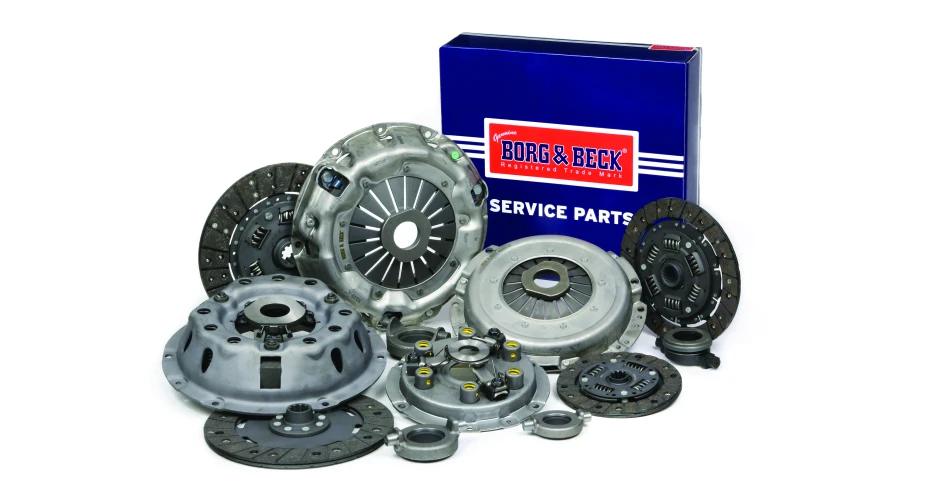Clutch specialist Borg & Beck has highlighted how it has both the classic product and support services to satisfy the clutch needs of the classic car sector.
Spring is traditionally the time of year when many classic cars emerge from hibernation and most will be checked and serviced before taking to the road. Borg & Beck recommends that when working on classics, workshops should respect the originality of the vehicle and fit brands that were used in the vehicle’s original manufacture. This is very often Borg & Beck, which for example, was fitted to 80% of all British-built cars.
Although similar in operation to current clutches, when the clutch itself needs replacement, many current technicians will not have worked with these early designs. However Borg & Beck in-house Classic Clutch engineer can offer advice when carrying out replacement of an ‘A’ or ‘AS’ type Borg & Beck clutch.
The ‘A’ type is usually of a single dry plate design comprising a cover assembly, driven plate assembly and release bearing, which utilises a pressure plate that is driven by the pressed steel cover via machined pressure plate lugs engaging into slots.
The ‘AS’ design features a pressure plate driven by the pressed steel cover via a number of tangentially disposed spring steel straps in pairs. These deflect during clutch operation, without disturbing the concentric position of the pressure plate. One end of each pair of straps is riveted to the cover flange, while the other end is bolted to the pressure plate. This design eliminates friction between the cover and pressure plate.
In the original Borg & Beck clutch service manuals it was advised to carry out a full inspection of the clutch system as part of the vehicle’s maintenance schedule as outlined below.
- Removal of the clutch assembly from the vehicle
- Loosen each of the bolts securing the clutch to the flywheel, but to avoid distorting the cover flange, slacken them a turn at a time, diagonally, until the pressure of the clutch springs is relieved. Then remove the bolts and complete clutch from the flywheel, all parts, except the driven plate remaining assembled to the cover.
- Inspect the flywheel – scoring may occur on the face of the flywheel in which case it must be re-ground or replaced as even slight scoring will cause excessive wear of the clutch facings.
- The complete dismantling of the clutch was also advised in the original schedule, however this is not advised today. It is more viable to replace the whole unit rather than dismantle the ‘A’ and ‘AS’ type assemblies to service the individual components, as this can be both time consuming and dangerous if a technician has not opened one up before, as it is fully loaded with springs.
- When fitting the clutch Borg & Beck recommend the use a driven plate alignment shaft, as misalignment is responsible for almost every case of rapid spline wear, broken drive plates, damaged transmission bearings and gears.
The gearbox needs to be adequately supported and not permitted to hang on the clutch, as serious damage may result. When guiding the gearbox into the assembly position, first the motion shaft needs to be in true alignment with the driven plate hub and the fitter should then turn the main output shaft each way slightly – with gearbox in gear – to ensure smooth engagement of the splined parts. A light smear of grease should be placed on the shaft prior to installation of the gearbox.
Once installed the fitter needs to check the clutch pedal adjustment, in accordance with the vehicle manufacturer’s instructions.
Borg & Beck’s comprehensive 60 plus product line portfolio provides the solution for more than 200 classic applications, including such icons as the Aston Martin DB4, Jaguar E Type, Morris Minor and Triumph TR range.
